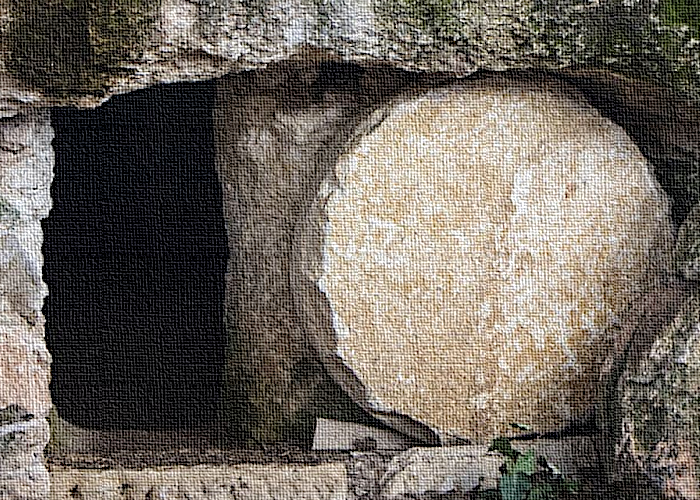Excerpts from John M. Grondelski – Catholic.com
First, there’s Lent. “These forty days of Lent, O Lord / with you we fast and pray” goes the hymn. Lent started February 22. Easter falls on April 9. How do we get forty days? Isn’t it more like . . . forty-seven?
It might seem that way, but try counting it with this in mind: every Sunday . . . already a “little Easter” over sin and death. And so, when you take the Sundays out of the reckoning and add the Paschal Triduum, you get the Church’s iconic forty days.
Every Sunday—even in Lent—is a “little Easter.” We gather on Sundays because it is the Lord’s day of resurrection. Sundays are never days of penance. They are always days of celebration of Christ’s victory over sin and death.
Then comes the Paschal Triduum. The “three holiest days” of the Church year, commemorating the one mystery (because you cannot split these elements apart) of Christ’s passion, death, and resurrection, make up the Paschal Triduum. How do we get “three days”?
The Paschal Triduum starts in the evening of Holy Thursday. That’s when the Church celebrates the Evening Mass of the Lord’s Supper and when priests pray First Evening Prayer for the Paschal Triduum. The Triduum extends to Second Evening Prayer of Easter Sunday—i.e., sometime on Easter Sunday evening. So from Thursday to Friday evening, then to Saturday evening, then to Sunday evening… three days.
Finally, there’s Eastertide. “The joy of the Resurrection fills the whole world,” repeats one of the Easter prefaces, and that joy cannot be contained in a mere twenty-four hours. “This is the day the Lord has made,” we sing, because it is the day that changed everything. Henceforth, graves were no longer on one-way streets. Henceforth, sin and death—though still not without a certain bite—were themselves doomed. Henceforth, the final history of the world was set in the triumph of God and good.

